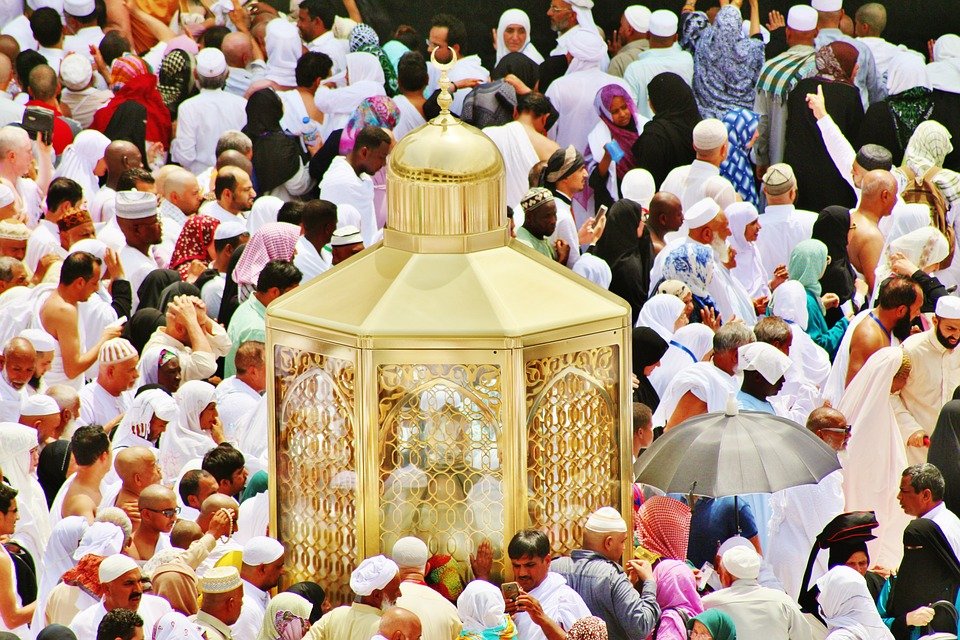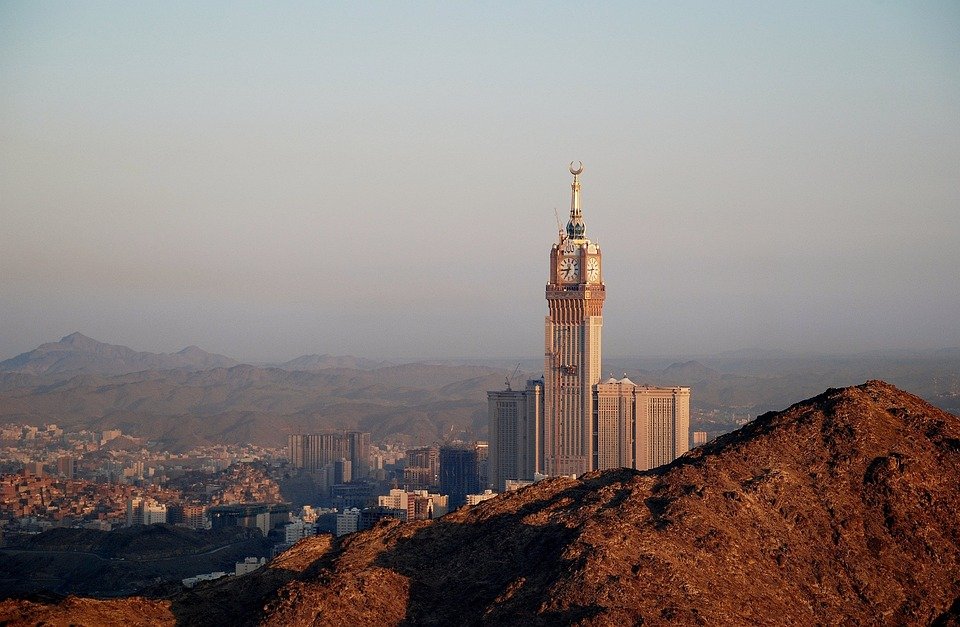You are here to read: How Hajj is Observed: A Comprehensive Guide to the Pilgrimage – A Thoughtfully Written Guide Offering Spiritual Wisdom and Travel Advice for Every Pilgrim who is going on holy journey of Hajj or Umrah.
In this article, we will explore how Hajj is observed, a crucial pillar of Islam that draws millions of Muslims to Makkah each year. I believe you’ll find this guide to “how Hajj is observed” comprehensive and informative, offering insights into the rituals, practices, and timings that define this significant pilgrimage. From standing at Arafat to performing the Tawaf, each act holds deep religious significance, reinforcing the sense of community and faith among Muslims worldwide. I promise you will find detailed explanations of each aspect, making it easier for you to grasp the essence of this revered event.
Understanding how Hajj is observed goes beyond the physical rituals; it touches the heart of spiritual growth and devotion. In my opinion, the significance of Hajj cannot be overstated. It represents a chance for Muslims to seek forgiveness, reflect on their lives, and renew their faith. With nine years of experience in the Umrah and Makkah travel field since 2016, we at Airlink Hajj and Umrah are equipped to guide you through this sacred pilgrimage. Our expertise ensures you receive accurate information about “How Hajj is Observed: A Comprehensive Guide to the Pilgrimage,” helping you to appreciate its importance fully.
How Hajj is Observed: A Comprehensive Guide to the Pilgrimage
Understanding Hajj
Hajj is one of the most important religious events for Muslims around the globe. It’s a pilgrimage to the holy city of Makkah that occurs every year during the Islamic month of Dhu al-Hijjah. Muslims believe that fulfilling this pilgrimage is a sacred duty and one of the Five Pillars of Islam. Performing Hajj brings spiritual benefits, strengthens faith, and allows for profound self-reflection.
During Hajj, millions of people from various backgrounds come together in Makkah. This gathering represents unity among Muslims, no matter their ethnicity or nationality. It’s awe-inspiring to witness this enormous congregation as people from all walks of life dress in simple white garments, showing equality in worship.
Preparing for Hajj
Before setting off for Hajj, many preparations take place. First, pilgrims need to ensure they have the proper documents, including a valid passport and visa. Booking a reliable travel package is crucial. While I think most people know someone who has gone for Hajj, it’s always wise to consult with experienced tour operators who specialize in this pilgrimage.
It’s essential to physically and mentally prepare too. Engaging in prayer, reading about the rituals, and understanding what to expect can greatly enhance the experience. I believe that knowing about the rituals can ease anxiety and help pilgrims to focus on their spirituality.
The Rituals of Hajj
Once in Makkah, pilgrims kick off Hajj with the Talbiyah prayer. This prayer expresses their intentions to perform Hajj and submit to God’s will. I find this moment incredibly moving, as it sets the tone for the entire pilgrimage. Following this, the first major ritual is the Tawaf, where pilgrims circle the Kaaba seven times. This act signifies unity and devotion to God.
You're at the middle of this awesome post at AirlinkHajjandUmrah.com through: How Hajj is Observed: A Comprehensive Guide to the Pilgrimage. Keep reading, it gets better!
Another important step is the Sa’i, which involves walking seven times between the hills of Safa and Marwah. This ritual commemorates Hagar’s search for water for her son, Ishmael. Witnessing the determination in the eyes of pilgrims during these acts really shows their faith and commitment.
The Arafat Day
The most significant day of Hajj is known as the Day of Arafah. Pilgrims gather at the plain of Arafat, where they spend the day in prayer and reflection. This day symbolizes forgiveness and mercy, and for many, it’s a chance for deep spiritual introspection. I feel it’s a unique moment that allows people to pour their hearts out to God.
As the sun sets, pilgrims gather for the evening prayer at Muzdalifah. They collect pebbles here for a later ritual. This day is vital for spiritual cleansing and renewing one’s faith. Many people return home feeling rejuvenated and with a sense of purpose after experiencing Arafat.
The Symbolism of Stoning the Devil
One of the notable acts during Hajj is the ritual of stoning the devil at Mina. Pilgrims throw stones at three pillars, which symbolize the rejection of evil and temptation. This act is a powerful reminder for all of us to stay true to our values.
In this space, I feel there’s an important lesson that we can carry back home. The act of recognizing what leads us astray and casting it aside can be transformative. It’s about strength in faith and the commitment to a righteous path.
The Conclusion of Hajj
As Hajj comes to a close, pilgrims engage in the festival of Eid al-Adha. This celebration commemorates the willingness of Ibrahim (Abraham) to sacrifice his son in obedience to God. Many pilgrims choose to sacrifice an animal, sharing the meat with family and the less fortunate. This gesture emphasizes the importance of charity and community.
Participating in these activities fulfills the spiritual journey of Hajj. I think it’s beautiful how the lessons learned throughout this pilgrimage remain with the pilgrims even after they leave Makkah, guiding their lives in many aspects.
Reflecting on the Hajj Experience
In conclusion, Hajj is a profound and transformative experience for millions of Muslims. The rituals and gatherings create a unique bond among participants, fostering a sense of unity and faith that transcends borders. Each aspect of Hajj carries deep meaning, allowing for spiritual growth and self-discovery.
For those who plan to take part in this sacred pilgrimage, preparation is key. Knowing what to expect helps transform apprehension into excitement. Ultimately, the journey of Hajj is not just about the rituals but also about the heart and soul of the experience. It’s an opportunity for renewal and a chance to deepen one’s connection with faith.
That wraps up How Hajj is Observed: A Comprehensive Guide to the Pilgrimage. Thanks for sticking with us till here! Share this: How Hajj is Observed: A Comprehensive Guide to the Pilgrimage with your friends.
Check our homepage at Air Link Hajj & Umrah for more awesome updates.
Some interesting posts are: 1: Umrah Mubarak, 2: When is Umrah closed 2026?, 3: When does Umrah start after Hajj 2026?
Mushu, an experienced Saudi Arabia traveler and writer, shares insightful tips and spiritual reflections to enhance Hajj and Umrah journeys for fellow pilgrims. He has been to Makkah and Madina from 2016 to 2023 many times and his posts will reflect this.







